Rhinoplasty and What to Expect

Rhinoplasty is a very common type of plastic surgery. It involves the modification – or reshaping – of the bone, soft tissue, or cartilage of the nose, and it is often referred to as a nose job. Women who are at least 15 years old and men who are at least 16 years old are good candidates for this procedure.
Patients can cite any or all of the following reasons for getting rhinoplasty: repairing the nose after an injury or illness, surgically removing a birth defect, curing certain breathing problems that are caused by the shape of the nose, and improving the nose’s appearance.
Types of Rhinoplasty
There are two types of rhinoplasty: endonasal and external. With the endonasal technique, which is also referred to as the closed technique, incisions are made inside the nostril. This helps to avoid any external scarring, even during the healing process. The incisions in each nostril are exclusive to each other; no external incisions are made.
With the external, or open, technique, a small incision on the columella – the area of skin between the nostrils – is made. This technique allows Dr. Choe to achieve better visibility and minimizes distortion of the nasal framework. It also improves Dr. Choe’s access to the nose’s tissues.
Before the Procedure
The nose is a soft and sensitive part of the human body, as well as a primary sensory organ. Because of this, it is natural for the patient and surgeon to show great concern and caution before the procedure.
It is advisable that:
• You get your nose examined prior to surgery. If the nasal bones are underdeveloped, it is best to delay the procedure until the tissues have fully matured. One cannot assume that the nasal bones are completely developed during the teenage years.
• You speak to Dr. Choe about your medical history and any medical conditions that may prohibit rhinoplasty or increase the risk of complications.
• You stop consumption of ibuprofen, aspirin, tobacco, and other medications, drugs, or intoxicants two weeks before surgery. These substances increase risk of complications during and after the procedure.
During Rhinoplasty
Depending on the procedure, the patient will be administered either local anesthesia with sedation or general anesthesia. Rhinoplasty can be conducted at an outpatient surgery facility, hospital, or even at the office of the medical practitioner. Procedures take one to two hours to complete.
After the Procedure
Immediately after your surgery, Dr. Choe may place gauze in your nostrils to help hold the new shape of your nose. You may be outfitted with a cast or nasal splint on the outside of your nose as well, which will be removed by Dr. Choe about a week after your procedure.
A small amount of nasal bleeding is a common side effect of rhinoplasty and is completely normal. You can also expect some swelling and bruising after your procedure.
Recovery may take anywhere from a few weeks to a few months, depending on the sensitivity of the nose. Patients should be able to return to work within a few weeks; however, it is advised you wait at least three to four weeks to exercise and/or engage in strenuous activity.
Be sure to follow Dr. Choe’s aftercare instructions and talk to him about any post-surgery questions or concerns you may have.
Get Your New Nose Today
If you’re interested in getting rhinoplasty and think you’re a prime candidate for the procedure, contact Dr. Kyle Choe’s office for a consultation today. Dr. Choe, a double-board-certified facial plastic surgeon, will be happy to help you achieve the nose of your dreams.
